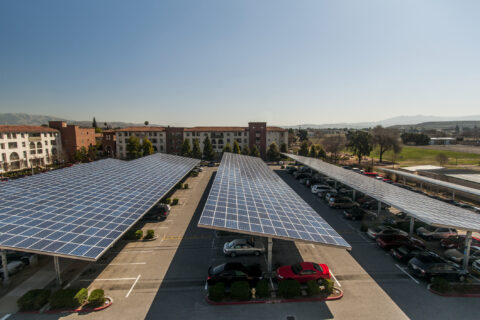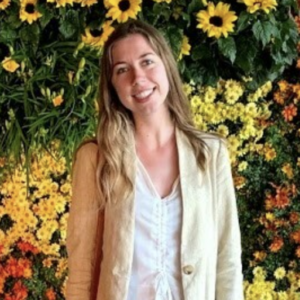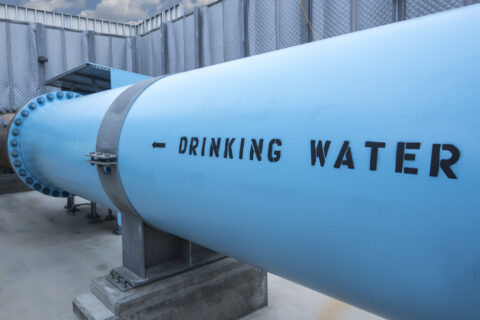On September 12, the Federal Communications Commission’s (FCC) Broadband Data Task Force (BDTF), Wireline Competition Bureau and Office of Economics and Analytics opened the bulk challenge process for the Broadband Serviceable Location Fabric, the basis for the Broadband Data Collection (BDC) fixed availability maps. Now, local governments and other eligible entities can file bulk challenges to the available data to either correct or supplement the available data released.
This is an important step in the FCC’s broadband data collection effort since most of the broadband money in the Bipartisan Infrastructure Law is required to be allocated by formula according to the data that will be in the BDC fixed availability maps. Therefore, the need for accurate data where broadband service is available and not available has never been of greater importance. Cities will benefit from being active in the bulk challenge process this fall.
What is the Broadband Serviceable Location Fabric?
The BSL “Fabric” is the common dataset of all locations in the United States where fixed broadband internet access service is or can be installed. These locations are referred to as “Broadband Serviceable Locations” and will appear as points on the FCC’s Broadband Map. While the “Fabric” dataset is the result of many integrated data sources including address records, tax assessment records, imagery and building footprints, U.S. Census data, land use records, parcel boundaries, geospatial road and street and more, the dataset is likely to have errors. To improve the accuracy of this information, partners such as city leaders who are familiar with their local region must engage in the challenge process.
How does this Fabric impact your community?
There are a lot of broadband funding opportunities for cities to keep track of in their digital equity efforts. Local leaders should keep an eye on funding through avenues such as the Infrastructure Investment and Jobs Act (IIJA); the Biden-Harris Administration’s Internet for All initiative; Broadband Equity, Access, and Deployment (BEAD) Program and the Digital Equity Act Programs. These grant programs aim to make high-speed internet an affordable option for all people, but they also require budget allocations for each state and territory and comprehensive planning based on data and internet service mapping conducted by the FCC.
Internet service providers have already submitted their location data to the BSL Fabric, but the challenge process is an important next step in the creation of this vital dataset that will determine where most of the broadband funding through IIJA will be allocated. It is important the Fabric data accurately outlines how many, and where the broadband serviceable locations are in your community, so broadband funding can be allocated appropriately.
How do I submit a bulk challenge?
A walkthrough of the challenge process from a submitting entity’s perspective is available to watch here. Some of the presentation’s key steps and pointers are included below.
- Access the Broadband Serviceable Location Fabric dataset following these steps. Local governments must follow the steps provided in the link which include logging into the Broadband Data Center system and executing a limited end-user license agreement for the Fabric dataset. These licensing requests may take time to be processed so expect a processing window when submitting the access request. Delivery of credentials may take up to two weeks from the time your organization information is submitted.
- Familiarize yourself with the FCC’s definition of a “broadband serviceable location,” which will not necessarily include all structures at a particular location or parcel. More information can be found in the Bulk Fabric Challenge Specs Public Notice.
- Develop a strategy for requiring and validating the Fabric data in your geographic area.
- Align your data with the specifications set forth in the Data Specifications for Bulk Fabric Challenge Data document. Some of these specifications include, among other things, requirements to identify the name and contact information of the submitting entity, the Fabric location subject to challenge, the category of the challenge for each location, and evidence supporting the challenge. Further specifications require the challenge data file to include records for each location in a Comma Separated Value (CSV) format, all fields must be included in the file upload, and all values must conform to the descriptions, codes, or formats identified for each field in the Data Specifications document.
- Certify that the information you are submitting is true and correct (to the best of your actual knowledge, information, and belief) for each location that is part of the bulk challenge.
- Submit your challenge!
After the first version of the FCC Broadband Map is released later this fall, the challenge process will open for challenges to an individual Fabric location. Challenges to an individual location may include incorrect information on a particular location such as address or unit count, a location’s geographic coordinates, a location’s broadband serviceability is incorrectly identified, or a location that meets the definition of a BSL is missing from the Fabric. Consumers will be able to engage in this individual location challenge process to submit challenges for their own residences or small businesses.
Additional Resources
- FCC Broadband Data Collection Website
- September 7 FCC Broadband Serviceable Location Fabric Bulk Challenge Process Webinar Recording and Materials
- Visit the BDC Help Center for additional technical assistance materials for filing challenges to Fabric data.
- Broadband Data System Tutorials (Video Resources)












